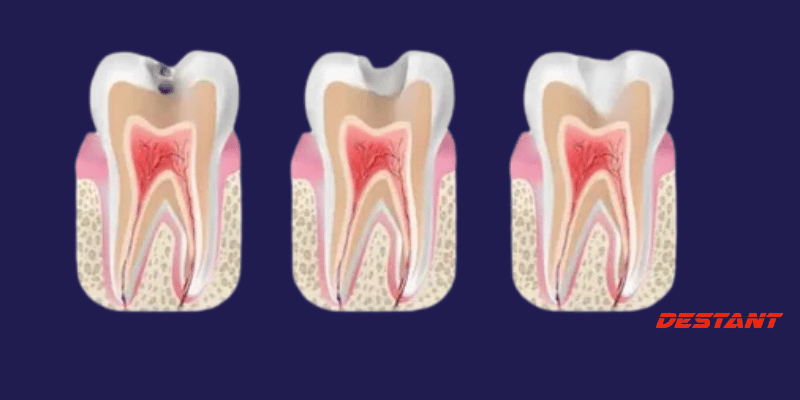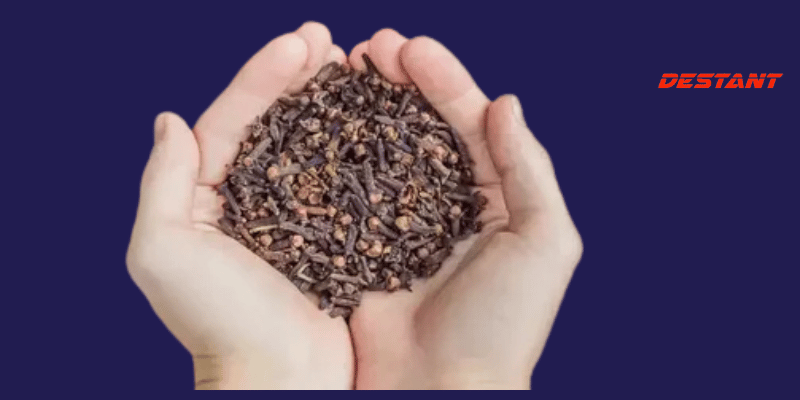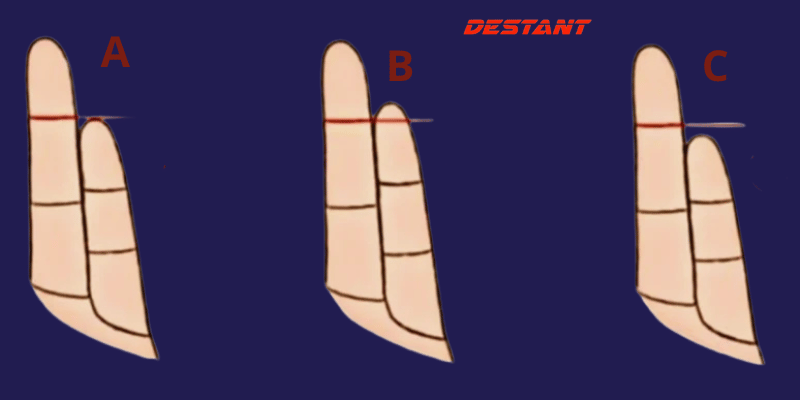Get Rid of Cavities and Tooth Decay
Dental Care
Tooth decay is among the most common oral diseases, standing alongside gingivitis as a major cause of tooth loss.
Few individuals can claim a life free of severe tooth pain due to deep cavities, necessitating a visit to the dentist.
Understanding caries
Caries is a disease that slowly causes the loss of enamel and dentin (the hard tissue of the teeth), and begins with damage to the enamel. Detecting cavities at this early stage is difficult, and requires careful analysis by a dentist to identify small spots that indicate tooth damage.
the reasons
Caries is caused by external and internal factors:
External factors
Microbial factors, which promote biofilm formation, underscore the importance of oral hygiene. Dietary factors, especially consuming large amounts of sugary foods and drinks, contribute to the proliferation of cancer-causing bacteria. Smoking contributes greatly to the formation of plaque and tartar, which promotes the development of caries.
Internal factors
Internal factors include poor tooth structure, with the type of saliva playing a role in caries formation. Changes in saliva secretion, production, pH, and component concentrations indirectly affect the caries process.
symptoms
Acids produced by bacteria in the presence of food debris are the main cause of the caries formation process. Without proper cleaning, these acids erode tooth enamel, causing Grade 1 caries lesions. As it progresses deeper, the decay reaches the dentin (second-degree caries) and eventually the tooth pulp (third-degree caries), leading to severe infection.
Caries develops from the outside in over a variable period of time, ranging on average from 6 months to 2 years depending on internal and external factors.
treatment
Teeth lack the ability to self-renew, which emphasizes the need to consult a dentist to treat cavities. Treatments vary depending on the type and stage of caries.
Filling is commonly used, which involves removing decayed tissue and filling the cavity. Advanced treatments may include placing artificial crowns to share a wider surface area.
Deep caries may require stimulating the tooth, cleaning the pulp chamber, and filling it with tartar, followed by reconstruction as needed. Tooth extraction is a last resort for teeth that are irreversibly compromised.
It is forbidden
Simple preventative measures include regular tooth brushing, use of mouthwash and dental floss, dental check-ups every 6 to 12 months, and, for individuals at risk for cavities, the use of dental sealants.
Limiting food that easily gets stuck between teeth and moderating consumption of sugary foods and drinks is also crucial.
Types of cavities
Caries are classified into acute, chronic, or recurrent types based on development timelines. Other categories include:
Dry or stalled caries: Progress stops at the surface layer of enamel, causing asymptomatic cosmetic damage.
Crown caries: affects the visible crown, and can usually be detected in the intermediate stages.
Cervical caries: affects the area of the neck near the gums, and is often associated with poor oral hygiene.
Cementum caries or senile caries: affects the root of the tooth, is more common in the elderly, and leads to irreversible damage.
Interdental caries: insidious, affects the interstitial enamel, is difficult to detect and often requires activation.
Central caries: originates within the tooth and leads to gradual structural collapse.
Childhood tooth decay: Common in childhood due to improper nutrition and oral care, it requires treatment although the affected teeth will eventually fall out.



